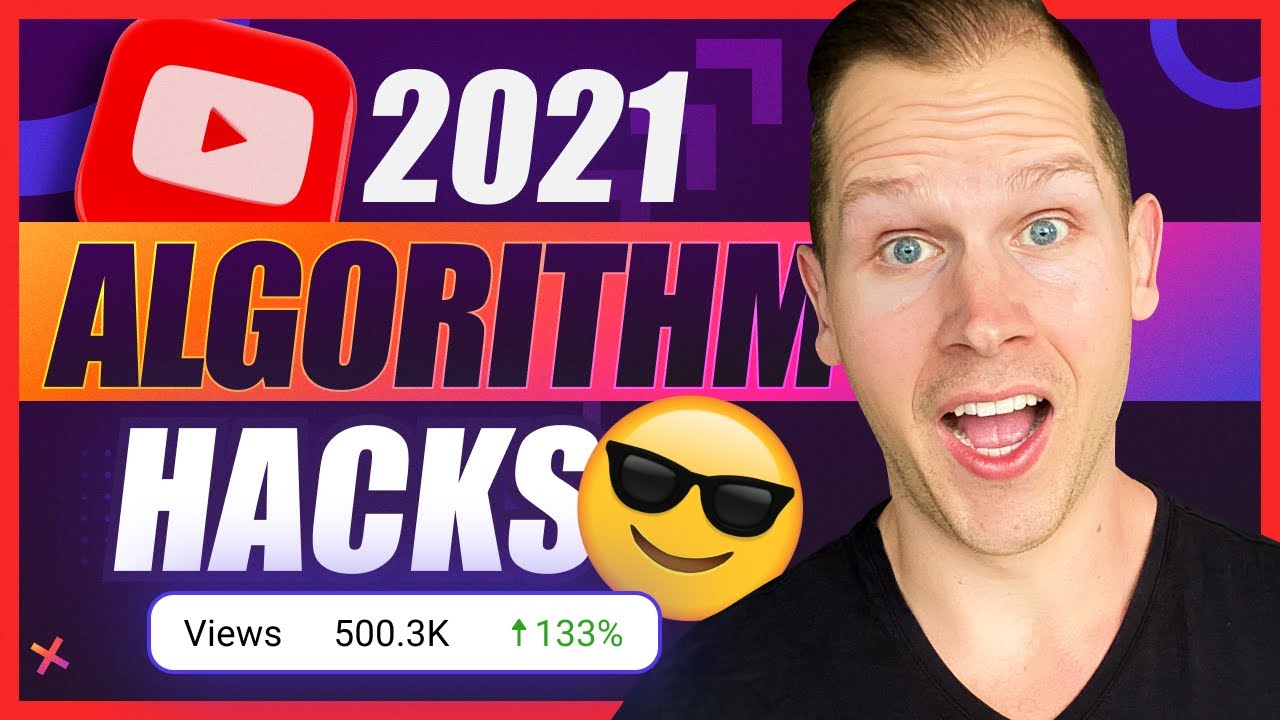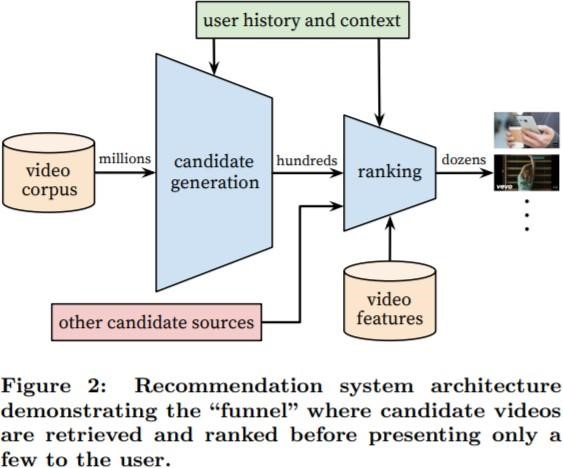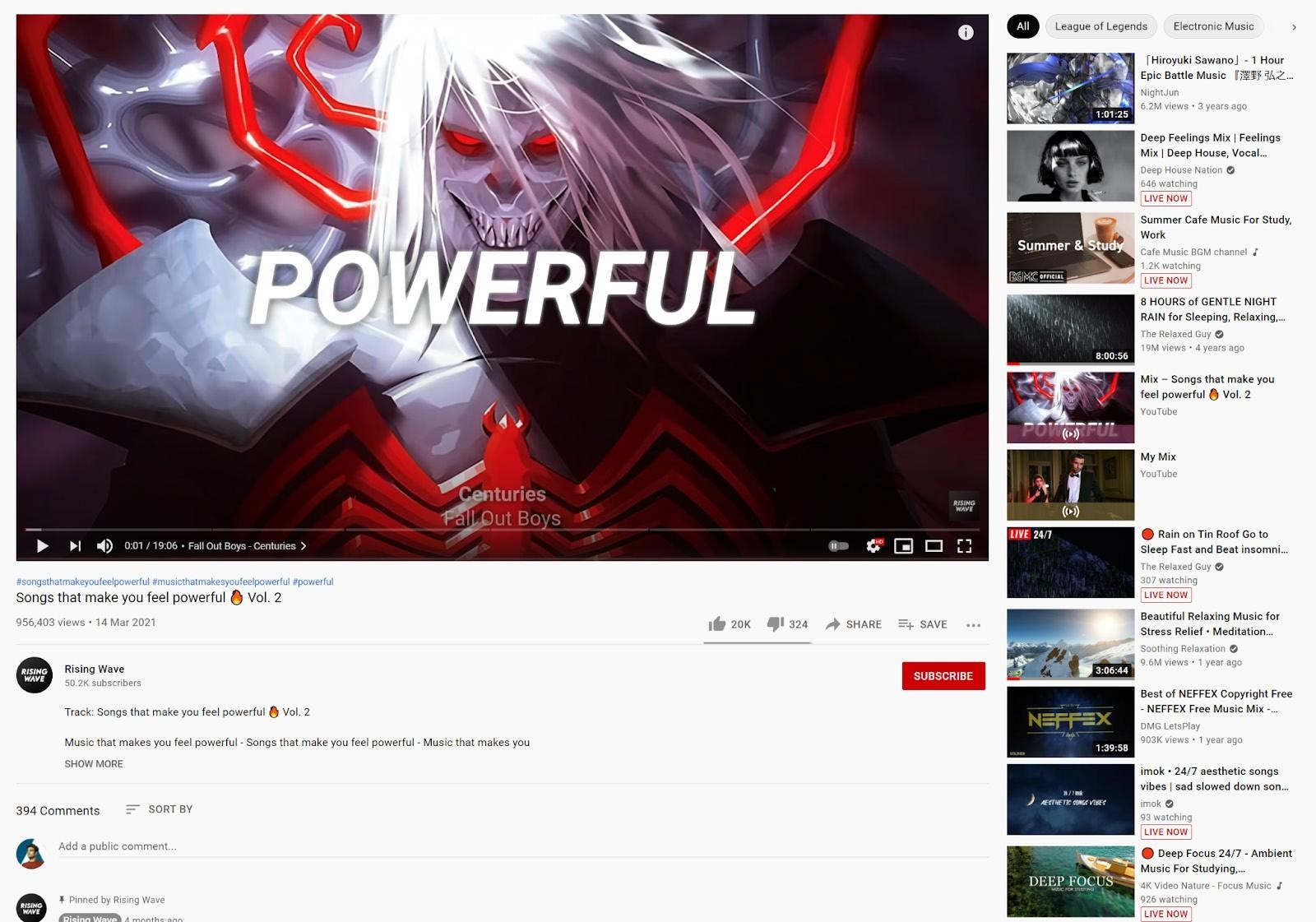You can build an audience on social medialike Twitter and Instagram. Suggestion is to use YouTube Algortihmto get people to watch your videos and comment on them, too.In 2021, YouTube is the only place where you can still grow if you play your cards right, and we're here to show you how.This is what you'll learn in the next few articles. You'll learn how tomake good contentthat attracts more users.
That this is a little technical, but added "insights" to each section with what you should take away from that section, so you don't have to worry about that.Even if you don't read the parts about algorithms, make sure you read the parts that give you ideas.

How the YouTube Algorithm Works in 2021 [WE'VE CRACKED THE CODE]
The North Star Metric
Every company has a "north star" metric. Some would say this is the company's main focus. It's obvious that most businesses care about money, and YouTube is no exception. But it's not just that watch time is most closely linked to revenue on YouTube. Assume one ad per minute on YouTube.
So, if you watch videos for 60 minutes, the company can show you 60 ads. More ads, more cash.
So, the main thing YouTube can improve with the product is video viewing time.
A company likes it when more people watch videos. YouTube's algorithm is constantly changing to keep you on the site.
When recommending a user's videos, YouTube only has one goal in mind: to get the most time spent watching them.
If you get bored of a video, make sure you have a new set of videos ready to watch on the sidebar.So the user isn't bored.
The Core Algorithm
YouTube has a two-layer algorithm at the heart of what it does.The picture shows all the videos that have ever been put on YouTube.This is probably one of the many videos that have been made.
Layer 1- Candidate Generation
When the candidate generation network looks at a user's YouTube activity history, it looks for a small number of videos (hundreds or so) from a large collection.
People who have already watched and subscribed to videos will be shown videos from their own networks in the first layer, which maps out what people have already watched and subscribed to.
Insight For Creators
- Subscribing to a user is the best way to get a review.
- That's right. Making things isn't very useful when people talk about going viral. There's no way to guarantee that someone who watches one of your videos with 5 million views will see your others. Because they've seen one of your videos, the person recommending them may show them more.You're done if they don't subscribe or watch that one. You won't see them again.
- You should try to get a subscriber on every video you make. As a result, you should delete or hide all low-watch-time videos on YouTube.
This increases the chance of someone seeing your videos.
If they don't subscribe after watching one of your videos, the candidate generation system may show them another. Then you won't get any more recommendations from them.
Layer 2- Ranking
This system takes all the videos that come back when you make a list of candidates and only shows a few to the user.It puts the videos in the candidate generation order that has the best chance of people watching them for a long time.A video's ranking is based on its click through rate (CTR) and how long it has already been watched.YouTube doesn't like when people clickbait too many times, so watch time is still more important here.

It's pretty clear that the lower a recommended video is shown, the less likely it is to be clicked.Due to the small screen, you can only see one or two recommendations at a time on mobile.
When the video is at the bottom of a list, the CTR may be more important. You can only do this with a thumbnail that is so appealing that people can't look away.
Finally, YouTube is always looking for new content. The algorithm prefers to show you new content over old.
A 24-hour period may not have much good content to recommend, but a 10-year history of YouTube videos may have plenty.That's why they had to remove it from the list.
YouTube always recommends videos that are new, so you can always tell. YouTube is always trying to get more people to watch its videos for longer. It does this by "calculating" how long it will take to turn off. YouTube can predict how long a video will be watched based on limited data.
This is great!
Give YouTube time to make money.
Insights For Creators
- CTR is vital for clicks.Which of these has the best CTR? It has a 4x CTR.It'd easily beat a thumbnail fight.L earning? Hire a pro.
- High retention, great thumbnail and title (watch time). Make your video less boring.
- Delete or make non-performing videos private. It's true. You don't want slow videos.
- Any video's engagement tab will show you where drop-offs occur. A 20 second drop-off is observed. For big and small YouTubers. Most drops are quick.
- Watch. The time and video watched differ. A four-minute video with 90% retention is probably less important than a ten-minute video with 60%. Watch time is valued over video watch percentage.
- This is why YouTube doesn't recommend live streams often at first. But not so well after the fact.
- But there's a catch. Going live retains large creators. The biggest audiences work best. Live is a great way to keep people engaged with your personality. You're a late-night show.
- The strongest recommendations on AlgoTransparency.org resemble old-school TV news. Don't click away because people are eating dinner.
- Livestreaming isn't recommended for new creators because it requires audience trust and familiarity. Livestreams kill small businesses. With enough fame, you can become a dinner-time brand."Stay consistent", say many top creators.
But recommendations aren't uniform. New content is a favorite of YouTube's algorithm. You can only be fresh 24/7 if you post regularly. Posting new content allows the algorithm to discover your older content. It starts showing older videos after one of your new ones.
Final Thoughts
'YouTube' is the new Hollywood. Not because the creators are famous because getting in is difficult.
Five years ago, good content with a catchy thumbnail drew attention. You need a big YouTuber to get the CF algorithm and their audience today.
Like Hollywood, knowing someone helps. YouTube was always seen as democratizing fame.
Getting big without the blessings of the higher ups is a dying art.
That's why YouTube is in its twilight, not its dawn.
However, existing creators will make 10x more money in the next few years.
You must follow the algorithm to succeed.


